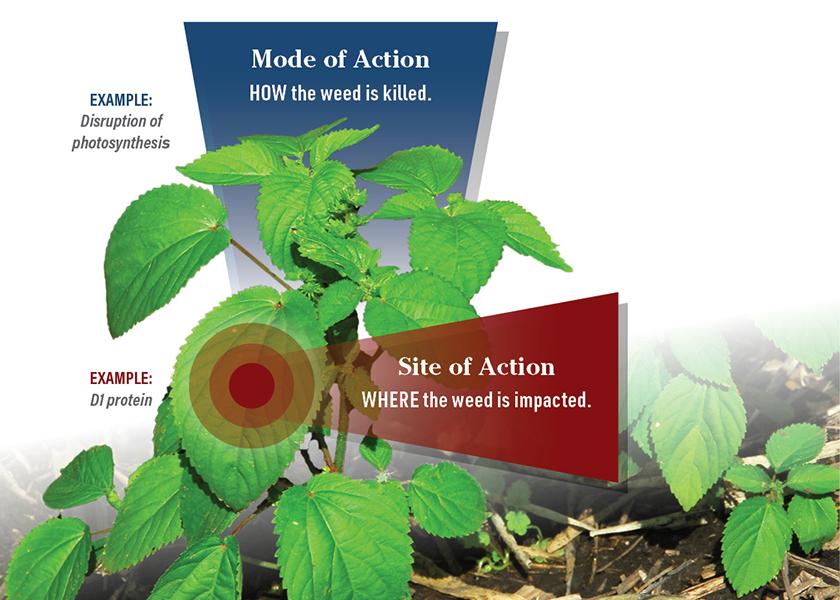Top Advice For Pest Management in 2024: Spray Earlier

Harlan Asmus, co-owner of Asmus Farm Supply headquartered in Rake, Iowa, shares their ag retail business is offering growers 13 new crop protection products in 2024. However, some products are perhaps more “new” than others.
“There are a lot of new products based on previous chemistries. For herbicides, the last new chemistry was Mesotrione, which has been sold since 2001 and is now off patent,” Asmus says.
For 2024, a new insecticide chemistry is found in Nurizma from BASF, which got complete registration in 2023 with limited volumes and is now in full launch and availability in 2024.
“Many of the other new products are based on chemistries already existing but being experienced differently—kind of like a new make/model of a car compared to the previous year,” Asmus says.
He emphasizes there is a long lead time for new chemistries and it is imperative farmers manage for resistance proactively.
“When products don’t perform, it leads to farmers asking a lot of questions,” he says. “My biggest concern is weed control for the long term. The typical thing we’re hearing these days is ‘my waterhemp isn’t dying,’” he says.
In 2023, he notes farmers in the AFS network starting reporting problems the first week of June citing waterhemp not dying from applications of HPPD chemistry (group 27) pre or post applications.
“We can’t farm without the HPPD class of chemistry,” he says. “But we have to think about how to continue to extract the value we can out of those products.”
Asmus references 26 herbicides on the market today include HPPD chemistry, and since 2019, the problem has grown to seven resistant sites of action in waterhemp.
“We’re living in a world where it’s just a matter of time,” he says referencing the development of resistance.
“20 years is the benchmark where we are burning things out as an industry. It’s good for farmers in their management practices for managing weeds, insects and disease to keep things complicated," Asmus says.
He advises to switch out chemistries. Be intentional to vary the tools used.
“Don’t relax into management practices that are easy for you or predictable to use. Let’s keep things complicated,” he says.
One product type he’s asking farmers to pay close attention to are the three-way products—most notably herbicides and fungicides that are formulated with a combination of three chemistries.
“If we are using these new twists on old things we’ve already been using, we have to recognize what is going in the tank with each active ingredient and what group they represent,” he says.
As just one example, Asmus highlights how Corteva Kyro and Valent Maverick are both combinations of groups 15, 27 and 4.
“Take note as there is a lot of repetition in the three-ways being brought into corn,” he says.
As for a further look ahead, Asmus isn’t optimistic for faster developments from the current pipelines and the regulatory approval.
“There aren’t a lot of herbicides coming when we look at the major pipelines,” he says. “And it takes an average of 11 years to get regulatory approval, with now another year or two added because of Endangered Species Act provisions.”
As such he has one big takeaway for the 2024 growing season: spray earlier.
“We’re going to have enough challenges to have the current lineup of products in our portfolio working for the next 20 years,” he says. “Farmers need to spray smaller weeds, spray when no weeds are present, and keep pre emerge rates at maximum so we’re fighting less things post emerge.”







